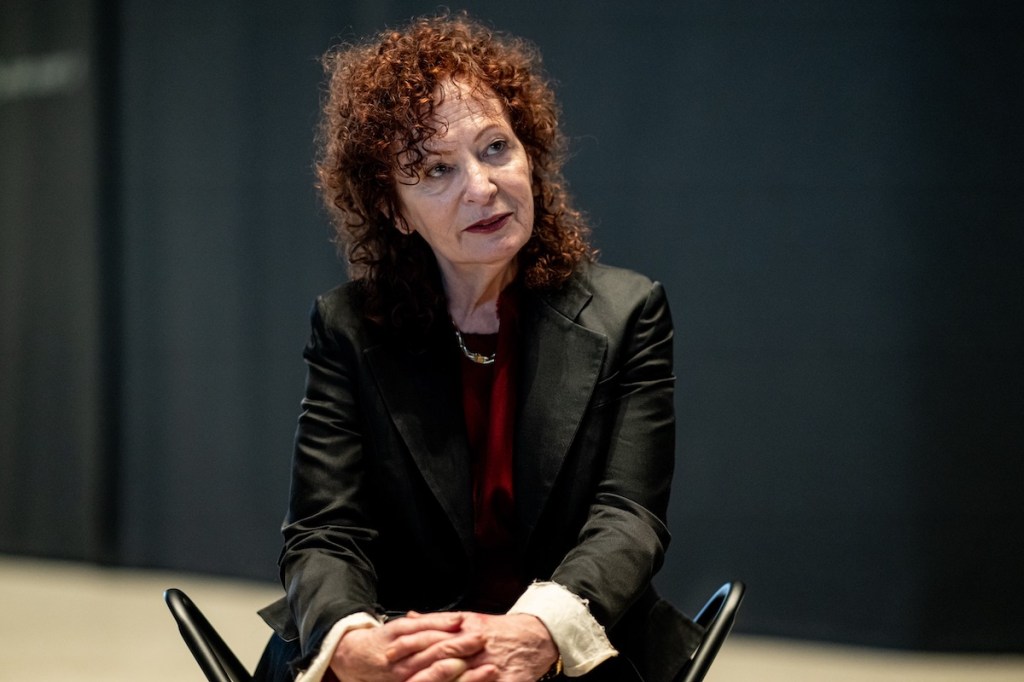In a telephone interview, Wolfgang Böhler’s son, Florian, said his father never sold or possessed the Tiepolo painting and that his father’s gallery was unrelated to other art businesses with the name Böhler, including the one in Munich.
Julius Böhler’s name appears several times in a 1946 report by the Art Looting Investigation Unit, a group created by the U.S. government to look into World War II-era plundering and confiscation of art in Europe. In addition to listing Julius Böhler as someone implicated in art looting, it referred to him as “a strong Nazi.”
Fröhlich moved to London in 1938, the same year that Nazis required Jews in Germany and Austria to register property and assets. Near the end of 1938, the court papers say, Fröhlich transferred the Tiepolo painting for safekeeping to the Galerie Sanct Lucas in Vienna.
Documents compiled by the Mondex Corporation, which is working with the Fröhlich heirs to pursue a restitution, seek to track the painting’s history. One shows that Robert Herzig, the owner of the Galerie Sanct Lucas, obtained official permission in 1941 to sell the Tiepolo and other works to cover private debt he said Fröhlich owed his business.
But the petition asserts that the painting was sold far below the market value and that, even if there had been outstanding debts, the Tiepolo only changed ownership as part of a “forced sale.” Absent Nazi persecution, Fröhlich’s heirs contend, he would not have been forced to close his gallery or leave Austria and could have repaid any debts without necessarily selling the Tiepolo painting.
Documents compiled by the Fröhlich heirs do not contain any more details about Julius Böhler’s role in handling the Tiepolo. But they show that Fröhlich tried after the war to get back some artworks, including that painting.
The Fröhlich heirs said they only became aware of the Tiepolo’s whereabouts after it was sold in 2019, according to their petition that seeks the identities of the parties involved in that sale. Auction houses typically do not reveal the names of consignors or buyers, but the heirs contend there is a basis to compel Sotheby’s to do so because that information is vital to future legal efforts to recover the painting.








